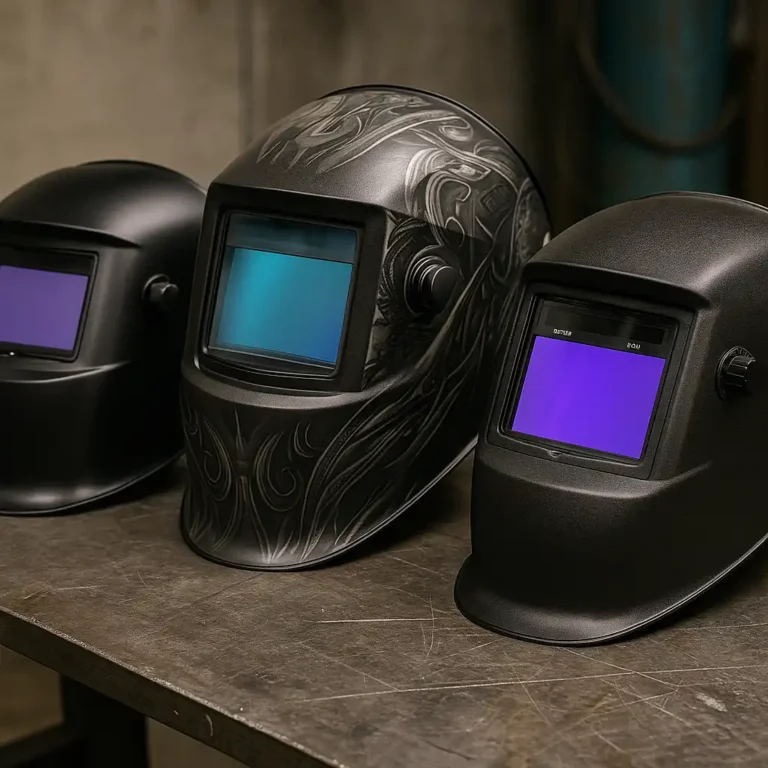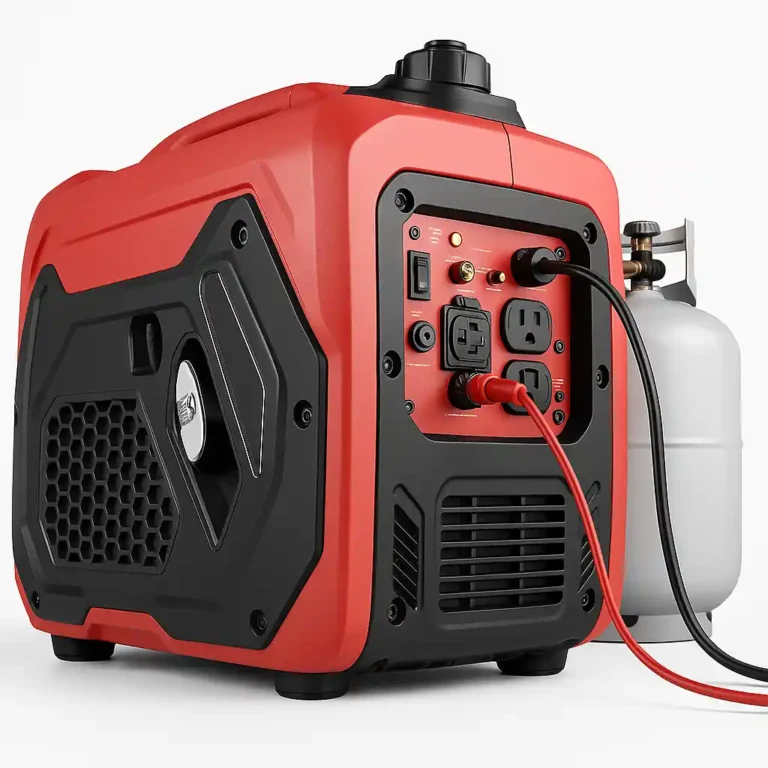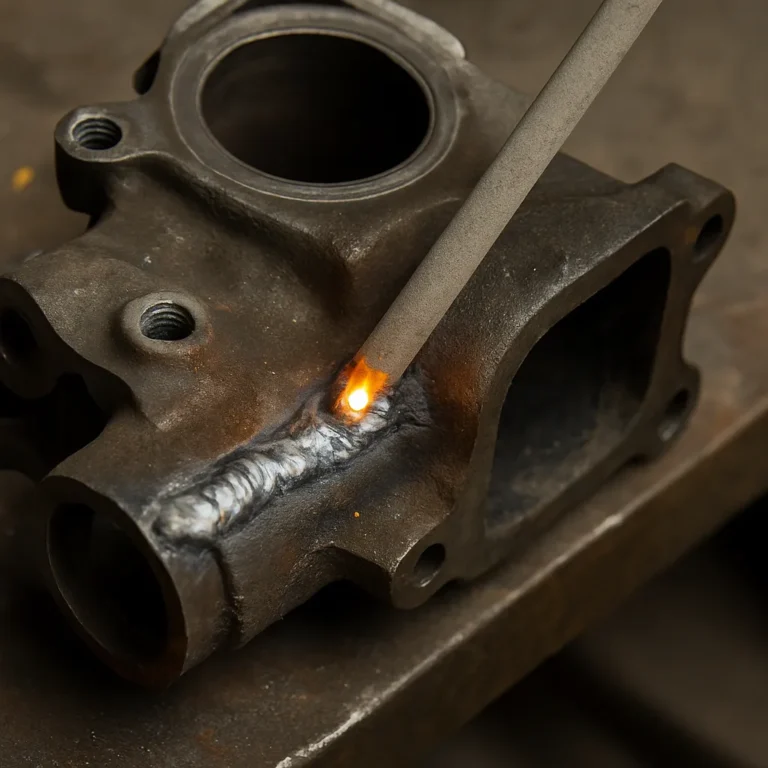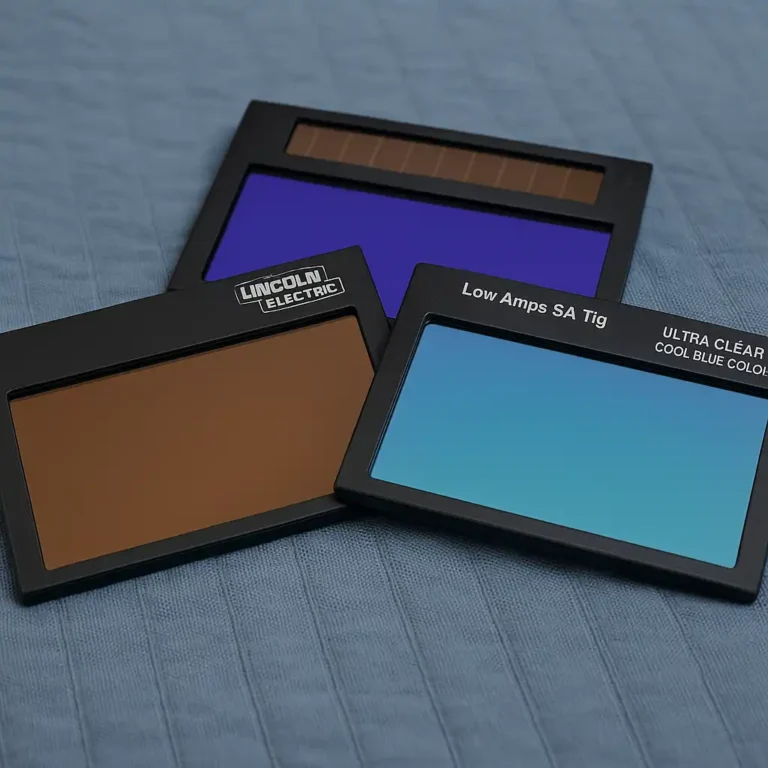What Are Welding Jackets Made Of? Key Materials Explained

Welding jackets are essential protective gear designed to shield welders from sparks, heat, and molten metal splashes. They come in various materials, each offering unique advantages in terms of durability, heat resistance, and comfort. Understanding what welding jackets are made of helps welders choose the best option for their specific needs.
Why Material Matters in Welding Jackets
The material of a welding jacket determines its effectiveness in protection, flexibility, and breathability. Some materials provide superior heat resistance, while others offer lightweight comfort for extended wear. Choosing the right fabric depends on the type of welding being performed and the working environment.
Common Materials Used in Welding Jackets
Leather Welding Jackets
Leather is one of the most popular materials for welding jackets due to its excellent heat and flame resistance. It provides a tough barrier against sparks and molten metal while maintaining durability.
- Split Cowhide Leather: A thick and durable material that offers maximum protection. It is heavier than other options but highly effective in shielding against high heat.
- Pigskin Leather: Softer and more flexible than cowhide, pigskin leather allows for better movement without sacrificing protection.
- Goatskin Leather: Known for its lightweight feel, goatskin leather is commonly used in welding jackets for comfort and mobility.
Cotton Welding Jackets
Flame-resistant (FR) cotton welding jackets are a preferred choice for welders who need breathability and lightweight protection.
- Treated Cotton: Regular cotton fabric treated with flame-retardant chemicals to improve its resistance to sparks and heat.
- Heavy-Duty Cotton Blends: Some jackets combine cotton with other fibers to enhance durability and longevity while maintaining comfort.
Kevlar Welding Jackets
Kevlar is a high-performance synthetic fiber known for its strength and heat resistance. Welding jackets made from Kevlar are lightweight, flexible, and highly resistant to cuts and burns.
- Heat and Abrasion Resistance: Ideal for high-heat applications where extreme protection is needed.
- Lightweight and Flexible: Allows welders to move freely without compromising safety.
Denim Welding Jackets
Denim welding jackets are an alternative for light-duty welding tasks. While they do not provide the same level of protection as leather or Kevlar, they are comfortable and breathable.
- Best for Light Welding Work: Suitable for low-intensity welding jobs that do not involve excessive sparks or molten metal.
- Affordable Option: A cost-effective choice for occasional or hobbyist welders.
Nylon and Polyester Welding Jackets
Synthetic materials like nylon and polyester are sometimes used in welding jackets, but they must be treated with flame-resistant coatings.
- Coated with FR Treatments: Enhances their ability to resist flames and heat.
- Lightweight and Water-Resistant: Often preferred for outdoor welding environments where additional weather protection is needed.
Choosing the Right Welding Jacket for Your Needs
Selecting a welding jacket depends on several factors, including the type of welding, working conditions, and personal comfort preferences.
- For Heavy-Duty Welding: Leather or Kevlar jackets provide the highest level of protection.
- For Light Welding Work: FR cotton or denim jackets offer a balance of safety and comfort.
- For Hot Weather Welding: Lightweight and breathable materials like treated cotton help reduce heat buildup.
- For Maximum Flexibility: Pigskin leather or Kevlar allows for easier movement.
Conclusion
Welding jackets are made from various materials, each offering specific benefits in terms of heat resistance, durability, and comfort. Leather remains a top choice for heavy-duty protection, while FR cotton provides breathability for lighter work. Kevlar and other synthetic materials add flexibility and advanced heat resistance for specialized tasks. Choosing the right welding jacket ensures both safety and comfort, making it an essential investment for any welder.
Related Articles You Might Find Helpful
Exploring more welding safety gear can help improve your overall protection and efficiency.






